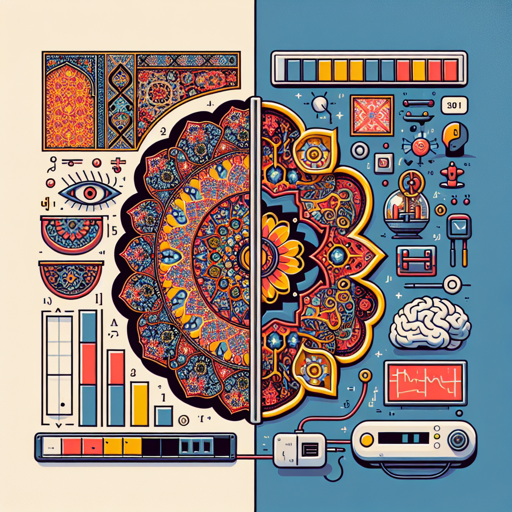Welcome to an exciting journey where we will dive into the world of aesthetics and artificial intelligence! In this article, we will guide you on how to train and visualize an aesthetic score predictor using a simple neural network that leverages CLIP embeddings. By the end of this guide, you’ll have a functional model that predicts how much people like an image on average!
What You Need
- Access to AVA Training Data: You can find the prepared dataset here.
- Pre-trained CLIP Model: Ensure you have the necessary model for embedding images.
- Python Environment: A setup with libraries such as PyTorch or TensorFlow installed.
Step 1: Prepare Your Environment
Before diving into coding, make sure your programming environment is set up correctly. This includes installing all the required libraries to run the code for the neural network.
Step 2: Load the AVA Dataset
Once your environment is ready, you will need to load the AVA dataset into your program. This dataset contains ratings associated with images, which will be vital for training your model.
Step 3: Train Your Aesthetic Score Predictor
In this step, you will create a neural network that takes the embeddings from the CLIP model as inputs. Think of the neural network as an artist that learns over time from its previous works. Each training iteration is like an artist receiving feedback on their artwork; the model adjusts its parameters to improve the accuracy of the aesthetic score prediction.
import torch
import clip
from model import AestheticPredictor # your neural network model
# Load SoCLIP model
device = "cuda" if torch.cuda.is_available() else "cpu"
model, preprocess = clip.load("ViT-B/32", device=device)
# Load the dataset
dataset = load_dataset("AVADataset") # replace with actual dataset loading code
# Training process
for image, rating in dataset:
inputs = preprocess(image).unsqueeze(0).to(device)
embeddings = model.encode_image(inputs) # Get CLIP embeddings
aesthetic_score = AestheticPredictor(embeddings) # Predict score
loss = compute_loss(aesthetic_score, rating) # Compute loss
loss.backward() # Backpropagation
optimizer.step() # Update weights
Step 4: Visualize the Results
Now that you’ve trained your aesthetic score predictor, it’s time for the fun part—visualization! You can visualize the results of your aesthetic predictions by accessing a predefined visualization link that hosts all images from the LAION 5B subset. The visualization can be found here.
Troubleshooting Your Model
As you embark on this beautiful endeavor, you may encounter some issues. Here are a few troubleshooting tips:
- Issue: Model isn’t training properly – Ensure the dataset is loaded correctly and the model architecture is set up without errors.
- Issue: Resource limitations – If running on a local machine, consider using cloud services for GPU access or optimizing your code to reduce resource usage.
- Issue: Inaccurate predictions – Check the hyperparameters. Sometimes, small tweaks can lead to significant improvements in performance.
- For more insights, updates, or to collaborate on AI development projects, stay connected with fxis.ai.
Conclusion
Today, we’ve ventured into the process of creating an aesthetic score predictor using CLIP embeddings with a simple neural network. As you apply these steps, remember that like any artistic journey, machine learning requires both practice and patience.
At fxis.ai, we believe that such advancements are crucial for the future of AI, as they enable more comprehensive and effective solutions. Our team is continually exploring new methodologies to push the envelope in artificial intelligence, ensuring that our clients benefit from the latest technological innovations.

